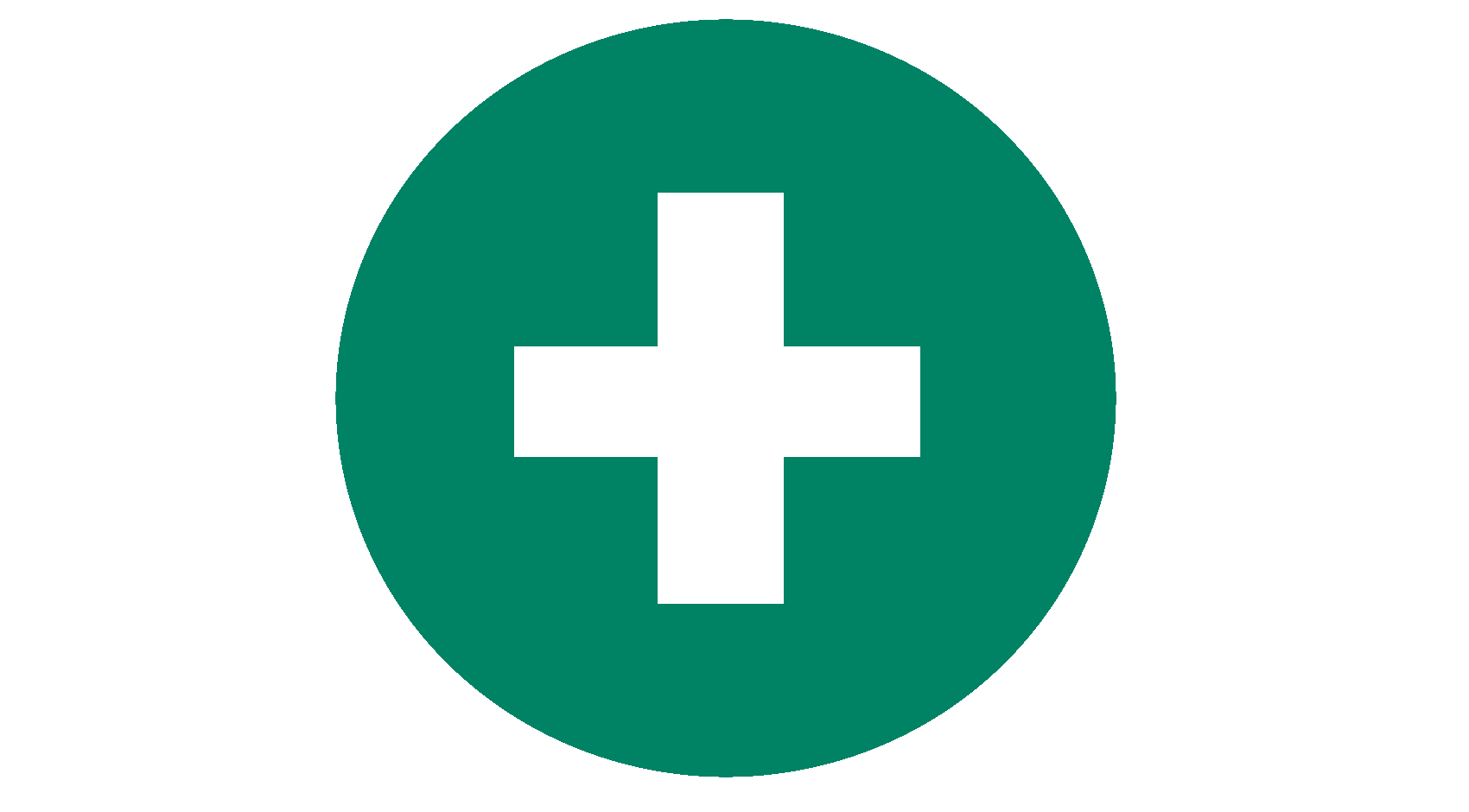Your responsibilities
If you are a person in charge or control of an animal then the welfare of that animal and the provision of reasonable care is your responsibility.
Reasonable care for animals includes but is not limited to:
- provision of adequate food and water
- suitable living conditions, including appropriate shelter
- prompt treatment of illness or injury
- appropriate handling, restraint and transport
- humane euthanasia when required.
Section 19 of the Animal Welfare Act 2002 (the Act) contains a number of provisions directly and indirectly related to the provision of care to livestock. These include Section 19(3), where a person in charge of an animal is cruel to an animal if the animal:
a. is transported in a way that causes, or is likely to cause, it unnecessary harm
b. is confined, restrained or caught in a manner that:
i. is prescribed (regulation 4 of the Animal Welfare (General) Regulations deals with prescribed acts), or
ii. causes, or is likely to cause, it unnecessary harm
c. is worked, driven, ridden or otherwise used:
i. when it is not fit to be so used or has been over used, or
ii. in a manner that causes, or is likely to cause, it unnecessary harm
d. is not provided with proper and sufficient food or water
e. is not provided with such shelter, shade or other protection from the elements as is reasonably necessary to ensure its welfare, safety and health
f. is abandoned, whether at the place where it is normally kept or elsewhere
h. suffers harm which could be alleviated by the taking of reasonable steps
i. suffers harm as a result of a prescribed act being carried out on, or in relation to, it
j. is, in any other way, caused unnecessary harm.
The Act provides a range of defences to a charge of cruelty in sections 20 to 30, including acting in accordance with a relevant (prescribed) code of practice.
Severe penalties apply for a person convicted of cruelty. A minimum penalty of $2000 up to a maximum of $50 000 or five years imprisonment apply for each offence.
For more information see our Codes of Practice section.


